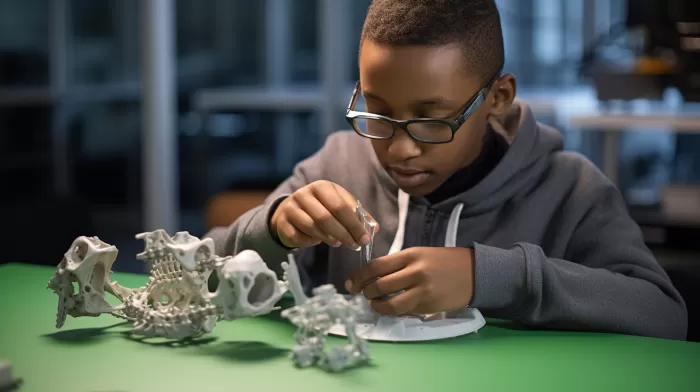Total hip replacement (THP) is commonly regarded as a life-changing procedure for those with severe arthritis, significantly reducing pain and improving patients’ quality of life. While that is undoubtedly true, discussions surrounding THP in juvenile arthritis patients require the consideration of multiple factors, especially considering the life expectancy of hip prostheses.
##Understanding total hip replacement
THP is a major surgery undertaken to replace the damaged hip joint, socket, and cartilage by surgically removing them from the thigh bone (femur) and hip. The hip joint is a ball and socket joint where the femoral head (top of the thigh bone) fits into a socket and allows smooth motion. Arthritis alters the joint and bone integrity over time, causing pain, inflammation, and decreased range of motion. THP replaces the affected ball and socket with a titanium prosthesis, ceramic head, and plastic socket.
Traditionally, THP has been reserved for the elderly, but its use among adults in their 40s has increased significantly in recent years. The usual advice is to delay hip replacements as long as possible because they typically need to be replaced after 10 years. Ideally, there should be no more than three replacements in a lifetime due to the risk of infection and permanent damage to the surgical site.
##Concerns about THP for juvenile arthritis patients
One in every 150 children in the US suffers from juvenile arthritis (JA), an autoimmune disorder affecting children aged 16 or under. JA impacts the joints and can also affect the eyes, skin, and gastrointestinal tract. A study in Science Daily suggested that THP is “an excellent option for patients under age 35 when conservative treatments fail to provide pain relief… The implant lasted at least 10 years in 85 percent of patients.” This raises concerns about the long-term management of patients undergoing THP at an early age.
The study collected data from 56 juvenile arthritis patients and found that patients under 25 who had undergone THP were more likely to require a second hip replacement sooner than those over 25 years old. This supports the theory that younger individuals, who tend to be more physically active and less cautious with their bodies, place more stress and strain on their joints, necessitating more frequent replacements.
Hip replacements don’t last forever, making it prudent to avoid replacement surgery, if possible, due to increasing risks of infection and side effects each time. Current technology safely limits a patient to three hip replacements, one original and two revisions for worn-out parts. Therefore, an individual who undergoes their first hip replacement at age 12 may need a revision at 22 and another at 32, which could lead to significant issues from age 42 onwards.
##Considering the alternatives
While THP in juvenile arthritis patients can provide immediate relief and improved quality of life, it also increases their risk of being wheelchair-bound by middle age. Researchers recommend exploring THP only after exhausting other options, but not all options are given.
Many traditional healthcare providers may not be supportive of alternative medicine, supplements, chiropractic care, and acupuncture — all of which can aid physical ailments — leading to its minimal awareness among patients. Exploring these techniques, alongside others like Pilates, yoga, acupuncture, self-care therapies, and a robust self-care program, could stave off the need for a hip replacement for many years.
##Take the long view
Given the longer life expectancy and potential complications from undergoing hip replacement at a young age, it is essential to explore every possible alternative for pain relief and management before opting for THP. Ensure that the decision to undergo THP surgery is fully informed of all available options, outcomes, and potential consequences.



